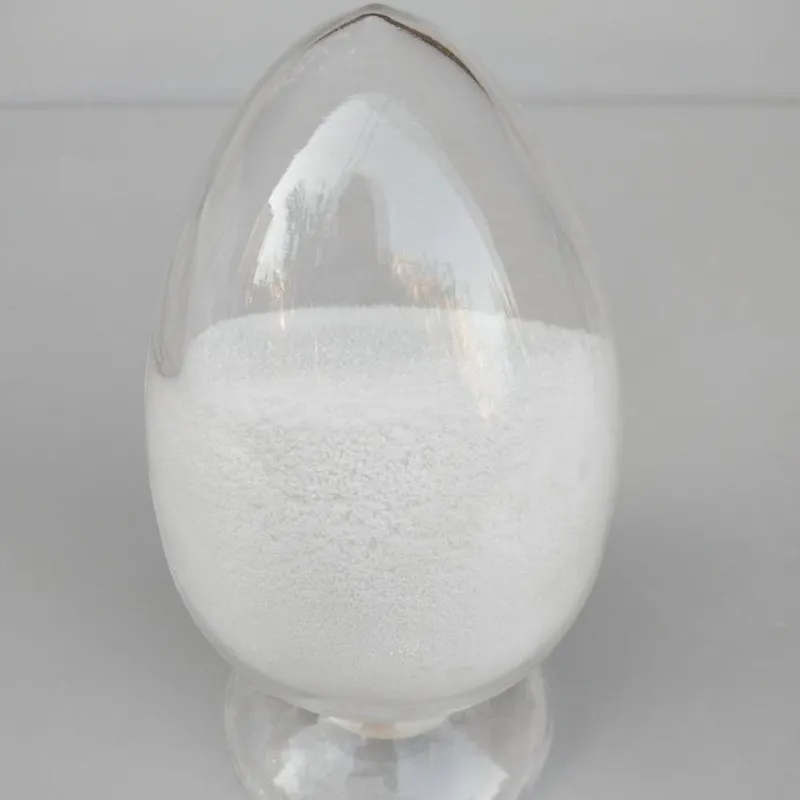
acidity regulator 300
Understanding Acidity Regulator E300 A Key Additive in Food Preservation
In the realm of food science, the manipulation of acidity levels plays a vital role in preserving food products, enhancing flavors, and ensuring safety. One prominent additive that achieves this is E300, commonly known as ascorbic acid or vitamin C. This acidity regulator is not only a nutritional powerhouse but also a versatile ingredient widely used across the food industry.
What is E300?
E300 is the European food additive number assigned to ascorbic acid, a naturally occurring compound found in various fruits and vegetables, particularly citrus fruits like oranges, lemons, and grapefruits. E300 is a white, crystalline powder with a slightly acidic taste and is known for its antioxidant properties. As an acidity regulator, it helps maintain the desired pH levels in food products, which is crucial in controlling microbial growth and enhancing product stability.
Roles of E300 in Food Preservation
One of the primary functions of E300 is its ability to act as a preservative. By regulating acidity, it helps inhibit the growth of spoilage-causing microorganisms, thereby extending the shelf life of food products. The acidic environment created by E300 can prevent the oxidation of food components, which is essential in preserving flavors, colors, and nutritional value.
Moreover, E300 is particularly beneficial in the preservation of fruits and fruit products. When added to fruit juices, canned fruits, or dried fruit snacks, it helps prevent browning and maintains the vibrant color that appeals to consumers. This is particularly important for products that are visually marketed, as color plays a significant role in consumer perception and enjoyment.
Health Benefits of E300
acidity regulator 300

Beyond its preservative capabilities, E300 also boasts significant health benefits. As a form of vitamin C, it contributes to the recommended dietary intake, supporting immune function, skin health, and overall antioxidant defense. The inclusion of E300 in food products not only enhances their safety and shelf life but also adds nutritional value, making it a dual-purpose ingredient.
In addition to its antioxidant properties, vitamin C is essential for collagen synthesis in the body, which is critical for maintaining healthy skin, cartilage, and connective tissues. This makes E300 beneficial not only in the context of food preservation but also as a contributor to the overall nutritional profile of the diet.
E300 in Various Food Products
E300 is commonly found in a wide array of food products, including beverages, jams, jellies, sauces, and bakery items. It is also frequently added to processed meats to prevent discoloration and to maintain freshness. In the beverage industry, particularly in the production of fruit juices and soft drinks, E300 is vital for preventing oxidation and prolonging freshness.
Additionally, E300 can be found in dietary supplements and health foods, where it is marketed for its antioxidant properties and health benefits. The versatility of E300 as both a food additive and a nutritional enhancer makes it a popular choice among manufacturers and consumers alike.
Conclusion
Acidity regulator E300, or ascorbic acid, represents a fascinating intersection of food science and nutrition. Its role in food preservation is indispensable, enabling products to maintain their quality and safety over time. Furthermore, its health benefits, primarily linked to vitamin C, provide an additional incentive for its use in food products. As consumers become increasingly health-conscious, the demand for natural preservatives like E300 is likely to rise, paving the way for continued innovation and application in the food industry. In understanding E300, we delve deeper into the complexities and wonders of food preservation and nutritional enhancement, contributing to healthier and more appealing food choices for all.
-
Why Glacial Acetic Acid Food Grade Is Essential in FlavorNewsMay.26,2025
-
Surging Export Growth of Food Additives in ChinaNewsMay.26,2025
-
How Ammonium Nitrate Fertilizer Boosts Crop YieldsNewsMay.26,2025
-
How 1,2,3-Benzotriazole Shields Plastics from UV DegradationNewsMay.26,2025
-
Cyanide in Gold Mining: Protecting People and the PlanetNewsMay.26,2025
-
Aluminum Hydroxide in Modern Sunscreen FormulationsNewsMay.26,2025
-
Understanding Synthetic Rubber OptionsNewsApr.27,2025
Hebei Tenger Chemical Technology Co., Ltd. focuses on the chemical industry and is committed to the export service of chemical raw materials.
-

view more DiethanolisopropanolamineIn the ever-growing field of chemical solutions, diethanolisopropanolamine (DEIPA) stands out as a versatile and important compound. Due to its unique chemical structure and properties, DEIPA is of interest to various industries including construction, personal care, and agriculture. -

view more TriisopropanolamineTriisopropanolamine (TIPA) alkanol amine substance, is a kind of alcohol amine compound with amino and alcohol hydroxyl, and because of its molecules contains both amino and hydroxyl. -

view more Tetramethyl Thiuram DisulfideTetramethyl thiuram disulfide, also known as TMTD, is a white to light-yellow powder with a distinct sulfur-like odor. It is soluble in organic solvents such as benzene, acetone, and ethyl acetate, making it highly versatile for use in different formulations. TMTD is known for its excellent vulcanization acceleration properties, which makes it a key ingredient in the production of rubber products. Additionally, it acts as an effective fungicide and bactericide, making it valuable in agricultural applications. Its high purity and stability ensure consistent performance, making it a preferred choice for manufacturers across various industries.











